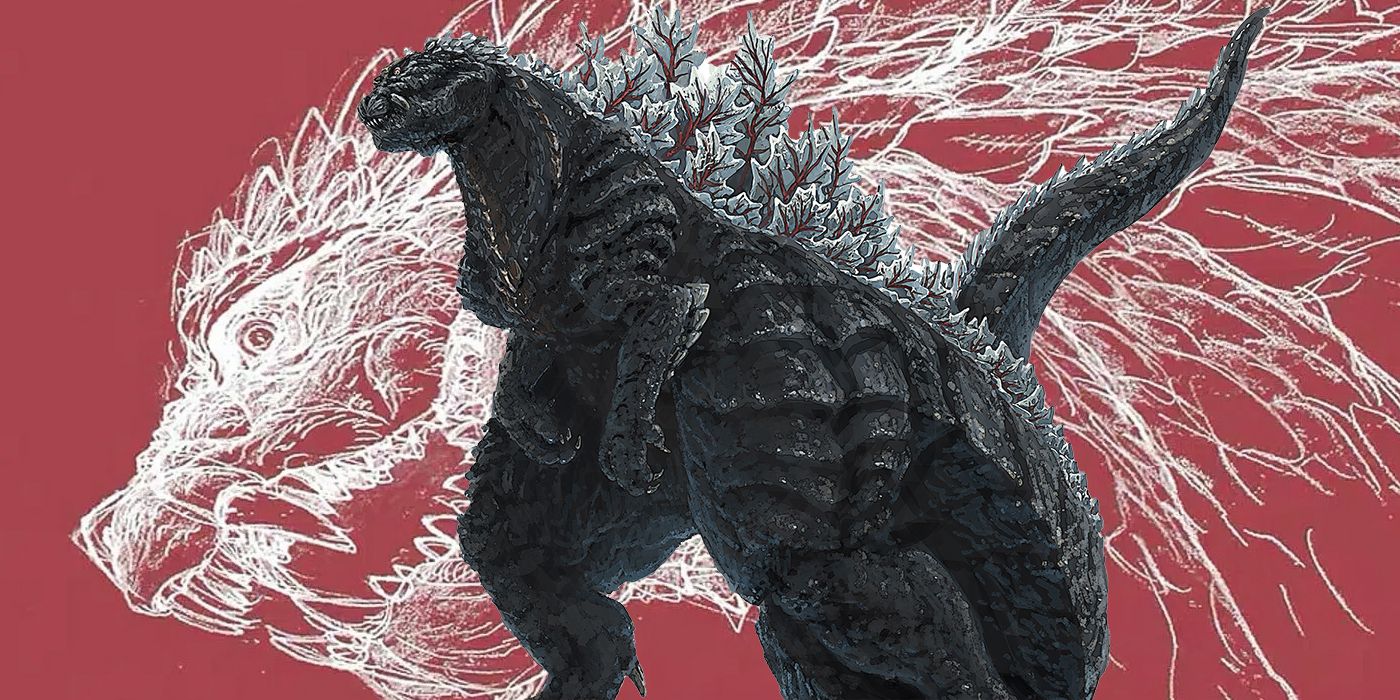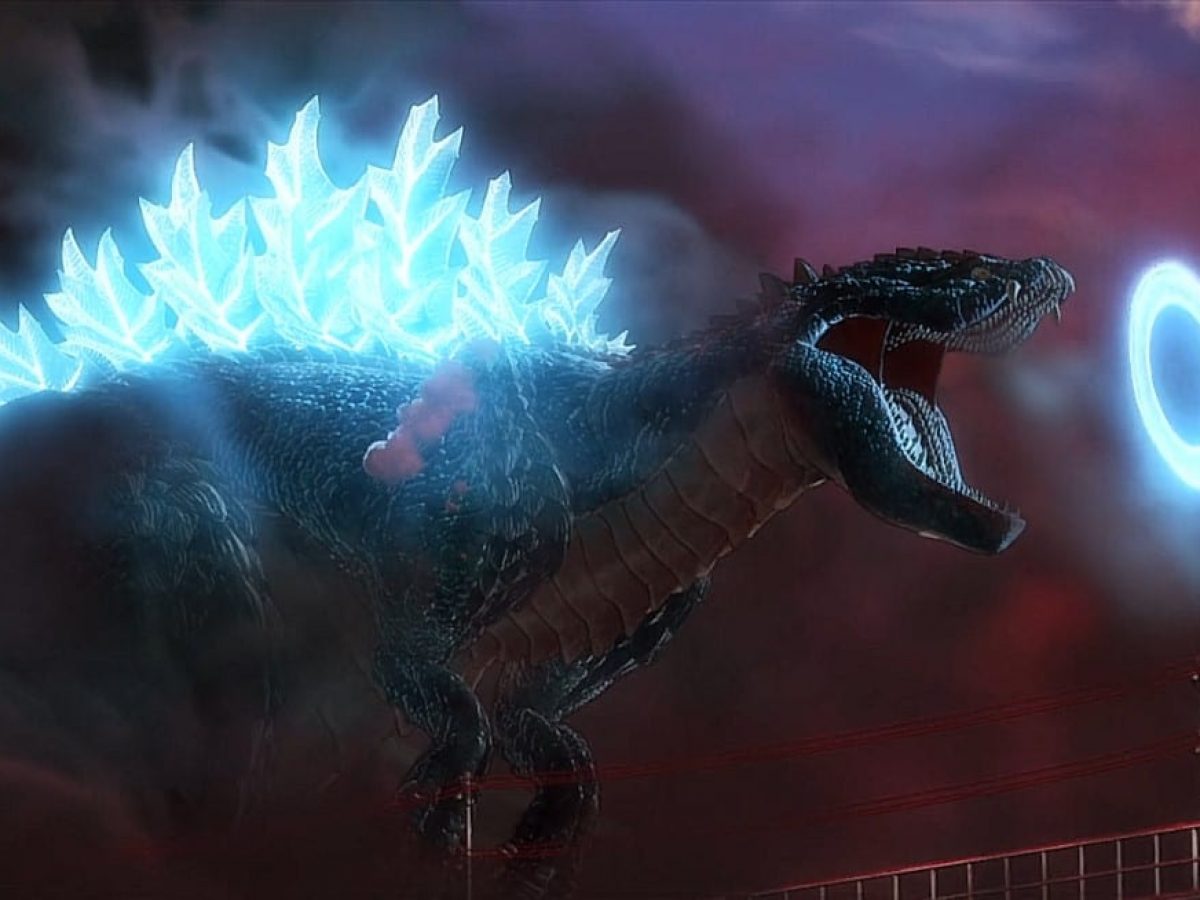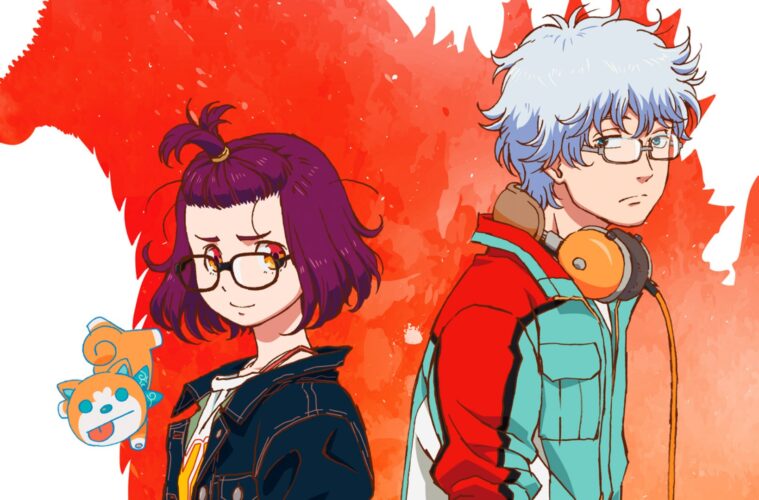Netflix’s new Kaiju Anime Godzilla Singular Point is beautifully illustrated, but suffers from one of the worst pitfalls of modern sci-fi and fantasy: being too complex for its own good. Despite being difficult to follow, the 13-part series manages to stay engaging and provide a modern spin on the classic Japanese monster genre.

Image courtesy of Netflix
In the year 2030, a mysterious creature resembling a pterodactyl lands in Nigashio City, Japan, at the unveiling of a prototypical robot called Jet Jaguar. The battle is hard-fought and Jet Jaguar takes quite the beating until the beast suddenly dies in mid-flight. The beast is nicknamed Rodan in the media, and the crew at the do-it-all Otaki Factory that designed Jet Jaguar deduce that the beast was drawn by a mysterious radio signal they’ve discovered. Goro Otaki, the old and eccentric but brilliant engineer behind Otaki Factory and Jet Jaguar, believes the Rodan to be a Kaiju, a beast part of an ancient prophecy foretelling the coming of a great beast and the end of days. Flocks of Rodans will come when the ocean turns red before the arrival of the giant monster Godzilla.
Sure enough, over the next few days more and more dead Rodans are found in various places in Japan, and soon a giant flock of Rodans appears from the ocean. Mei Kamino, a graduate student studying the science of non-existent creatures, has some of her notes published accidentally by a new A.I. she renamed Pelops II. Mei travels to Tokyo to meet with a Professor Li to discuss her research, as thousands of Rodans descend upon Japan, carrying with them a strange red dust that sheds off their wings in crimson clouds. The red dust seeps into the ocean turning the tides red, with the approach of more, different Kaijus, that come in the form of sea snakes, giant spider crabs, and fearsome spiny lizards. Soon the swarms of Rodans and other Kaijus spread across the globe, bringing their all-enveloping red clouds with them, until the massive and powerful Godzilla finally emerges from the sea. We watch as the world’s scientists, militaries, people, a secretive organization called the Shiva Consortium, and the crew at Otaki Factory with the continuously upgrading Jet Jaguar all scramble to find some way to fight back the monstrous hoards.
Sound complicated? That’s all without even touching on the metaphysical particles and 4-dimensional crystal structures that refract light from the future into the present by bending time and space around Singular Points, and how the text messages sent between Mei and one of the Otaki engineers could be rearranged into a code to help defeat Godzilla when put into the proper sequence that was predicted by a scientist 100 years in the past and sent forward in time in the form of an Indian folk song being broadcasted in the past to the present by an AI from the future.
Yeah, it’s confusing.

Image courtesy of Netflix
In fairness, it might be unrealistic to criticize a work in the Kaiju genre, defined by giant fantastical monsters attacking cities, for being far-fetched. What makes Kaiju media great, however, is the strong potential for allegory, for the monster to metaphorically embody some real-world problem or societal ill. The original Godzilla from 1954, for example, depicts the giant reptile as a representation of nuclear weapons in a nation still recovering from the bombings of World War II. Godzilla Singular Point’s near-future setting, and the portrayal of a global biological catastrophe, with red smoke filling the air and making people need to wear masks outside, combined with the 2021 release date make the comparison to the COVID-19 pandemic fairly evident.
Their handling of the theme of society failing to keep up with a biological threat on a global scale was well executed, and the development of the apocalyptic events and increasing feeling of hopelessness was well-paced throughout the show, but the reliance on indecipherable science-intrigue and technobabble to drive the plot makes the show lose its focus. As beautifully animated the series is, it’s unfocused: We only see the titular Godzilla in a handful of episodes, and even then he’s shrouded by the red dust, just as the central ideas of the show are lost amid the cloud of sci-fi metaphysics and intrigue.


